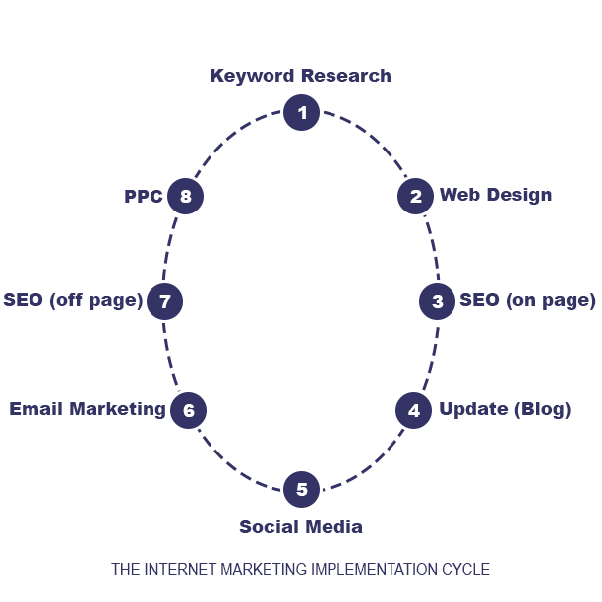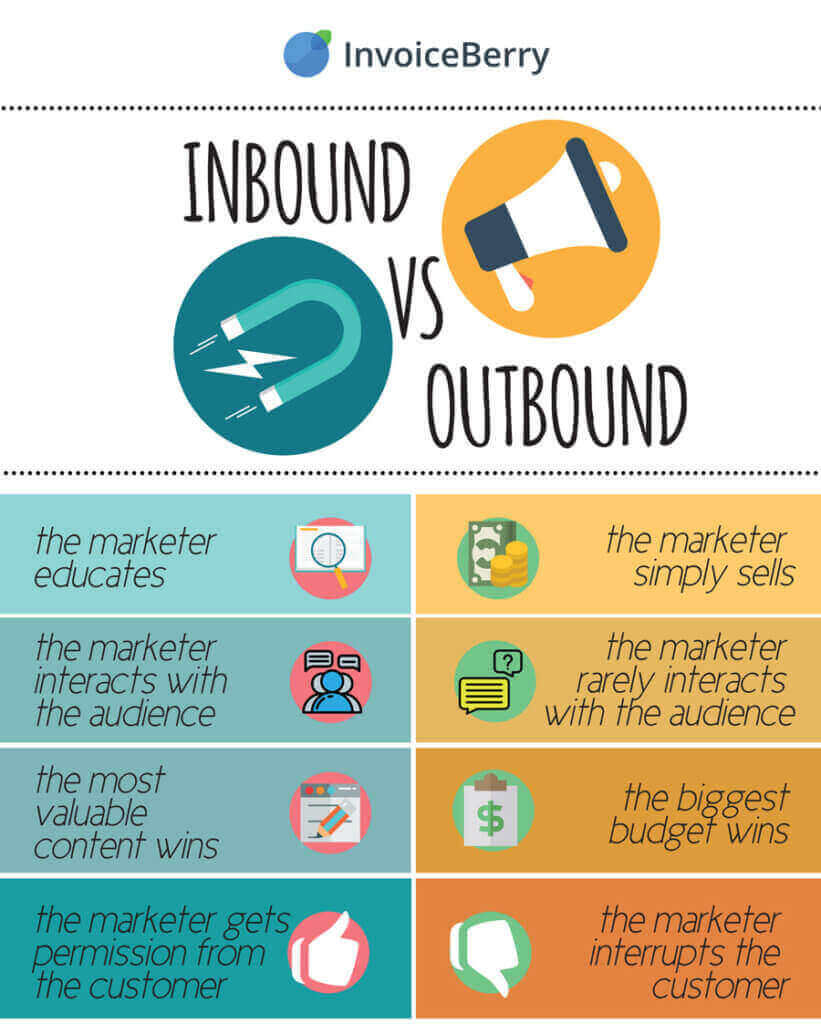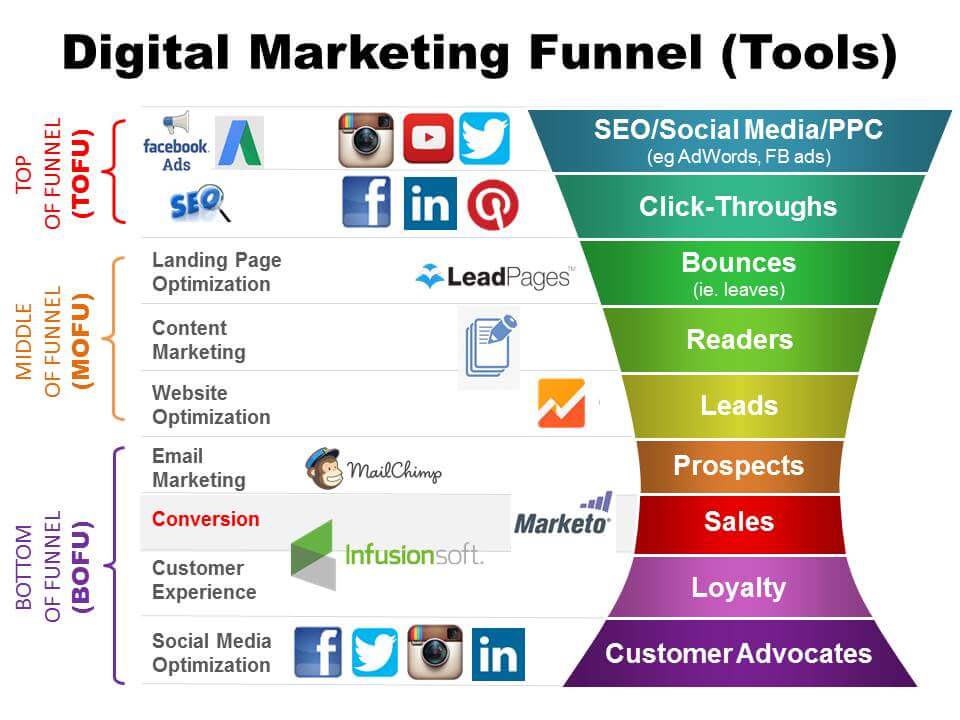“Stopping advertising to save money is like stopping your watch to save time.” – Henry Ford
Few days ago my Employer BrightSpyre gave me an opportunity to attend the course on Digital Marketing and Advertising conducted by USAID Small and Medium Enterprise Activity (SMEA). The skills development training was conducted in an effort to learn how to grow your sales through digital marketing. That day I get to know how important is digital marketing and advertising is for some business to compete with competitors and survive in this globalized world. The course is comprised of 3 Modules and all modules are free to attend, it was the first module that I attended. I can say, it was worth participating and representing my company in that training where other 50 plus company’s representatives were also participating.
About the Training:
The first module of the training was comprised of the fundamentals of the Digital marketing, Search Engine Optimization (SEO), Search Engine Marketing (SEM), Social Media Marketing (SMM), and Email Marketing. The trainer for Module 1 for skill development training was Usman Latif who is a Marcom Technologist. He helps business grow, advising them on mix marketing, communication, and user experience (UX) strategies. He has over ten years of experience in digital marketing and a certified Digital Guru by Google. One can get the complete training objectives and program details while accessing http://www.brightspyre.com/uploadtor/34101_job_SOW%20ICT%20Digital%20Marketing-v2.docx site. Companies who want to excel in their small businesses and want their representatives to participate in this skill development training organized by USAID SMEA on Digital Marketing and Advertising can register through logging https://docs.google.com/forms/d/1uadD5MjHT5pUZDZcQaL3bbmPoQg0b7g3AFH0iY8s0WM/viewform?edit_requested=true .
The Eligibility Criteria for Small and Medium Enterprise (SMEs) is that the business should be legally registered in Pakistan. Annual business turnover should be less than PKR 800 Million. Full employees should be less than 250. Only enterprises from SMEA’s target sectors i.e. ICT, Hospitality, Textile, Logistics, Light Engineering, Agribusiness and Processing are eligible to register to participate in training. And Women-owned SMEAs from all sectors are encouraged to apply.
Training Key Points:
Participants in training were elaborated that marketing is constant but marketing channels are changing. Digital interactions with your customers can generate new opportunities for marketing. USAID SMEA can help an entrepreneur convert these opportunities into sales, jobs, and exports through training in Digital Marketing. SMEs in Pakistan makes up 98% of the roughly 3.2 million businesses, but only account for 35% of total value added and 30% of export earnings of the manufacturing sector. SME program components are (i) Competitiveness Enhancement (CE) that works directly with small and medium enterprises to improve their performance (ii) Challenge Fund (CF) that Identifies and work with innovators to solve sector specific challenges and (iii) Business Enabling Environment (BEE) which propose policy and regulatory reforms to help create a pro-business enabling environment. Competitiveness Enhancement (CE) is investing in 3 key areas i.e. People, Process and Product. The Key evaluator for monitoring the performance of SME working Areas are evaluation of new jobs added ,domestic and/or international growth, improved access to finance, private sector investment, empowering women-led businesses, inclusive growth with integrated women workforce and increased contribution of ICT & Hospitality sectors in Pakistan’s GDP.
Participant learned that Marketing is needed to boost business, to reach more audience, because increased business will create more revenue, resulted from more sales from clients/customers/audience because clients buy your product or services due to their desire or need who became aware about your services through Above the Line(ATL), Below the Line (BTL) and Digital marketing.

Other Key points discussed in the training were communication fundamentals and digital marketing. The four most common types of communication used by managers include interpersonal communication, nonverbal communication, written communication, and oral communication. The official definition of marketing is it is a philosophy whose main focus is providing customer satisfaction. Marketing is the activity, set of institutions, and process for creating, communicating, delivering and exchanging offerings that have value for customers, clients, partners and society at large. Marketing is made up of four elements (4 P’s): Product, Place, Promotion and Price. The elements must be used in a cohesive plan to effectively target the consumer.

Participants also learned that digital marketing is marketing that makes use of electronic devices (computers) such as personal computers, smartphones, cellphones, tablets and game consoles to engage with stakeholders. Trainees learned about PESO marketing model in which PESO stands for “Paid, Earned, Shared, Owned,” and serves as a means of segmenting all of the marketing channels at a brand’s disposal into discrete groups. It allows us to look at our efforts through any one of these four lenses (paid, earned, shared, owned), to see if there are opportunities to integrate additional channels into our new or existing programs.

Furthermore trainees learned about Digital Marketing Funnel and Inbound and Outbound Marketing. A digital marketing funnel is basically a cocktail of tactics and techniques that can help a business: Get more targeted exposure that only grows with time. Gather better quality leads that can be converted with ease. Nurture prospects/customers well so they share their experience with others. Inbound marketing is a proven way to generate leads, drive sales and grow your business. The best news is that inbound marketing is less expensive than traditional marketing. Outbound marketing is expensive because they are usually broadcast to a mass audience even if they aren’t in your target demographics


Findings:
The findings of the training is that:-
- A company should have a good website with a lot of content in it, so that more content on your web, more it is easy for Google to access your website.
- A company should make a content for its website and then do digital marketing on social media Website, but main focus should be on the website content.
- A company’s website URL should be Secure.
- A company’s website page speed should be above 90 on both mobile and desktop. A website’s page speed can be check through https://developers.google.com/speed/pagespeed/insights/ .
- A company’s website should be responsive on all type of screens either mobile desktop or Tablet. Responsiveness of the web can be check from http://responsivedesignchecker.com/ .
If anyone missed the chance to participate in that training then one can access the content of the training from https://www.slideshare.net/termezy/market-accessplan-usaid-smeassaug18-113063842?qid=2a298588-7345-499b-ae4e-594d99e80c74&v=&b=&from_search=2 . Important Links related to Information and communication technology (ICT) is https://goo.gl/Nqs5XW and Business Development Service Providers (BDSP) is http://www.brightspyre.com/jobs/jid/32673 and queries can be sent through Email to Info_smea@pakistanSMEA.com .
About Writer:
Miss. Nudrat Wajiha Janjua is M.Phil. International Relations scholar from National Defence University, Islamabad. She is working at BrightSpyre as Sales and Marketing Executive. You can reach her on nudratwajiha@gmail.com .

